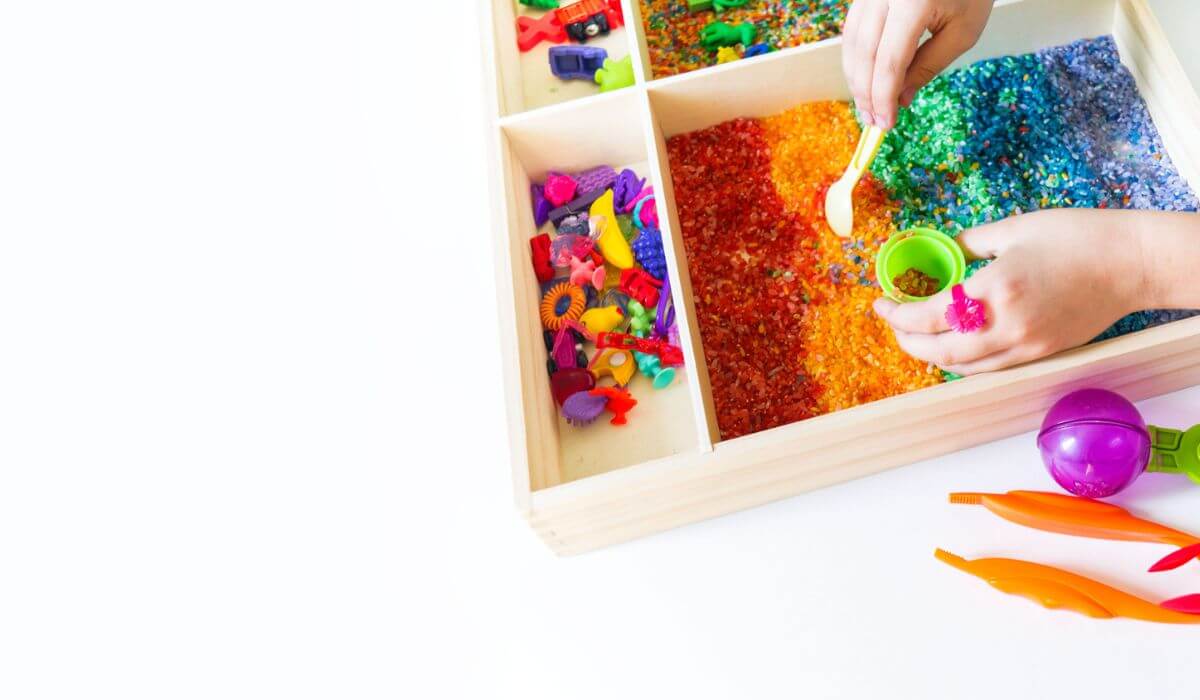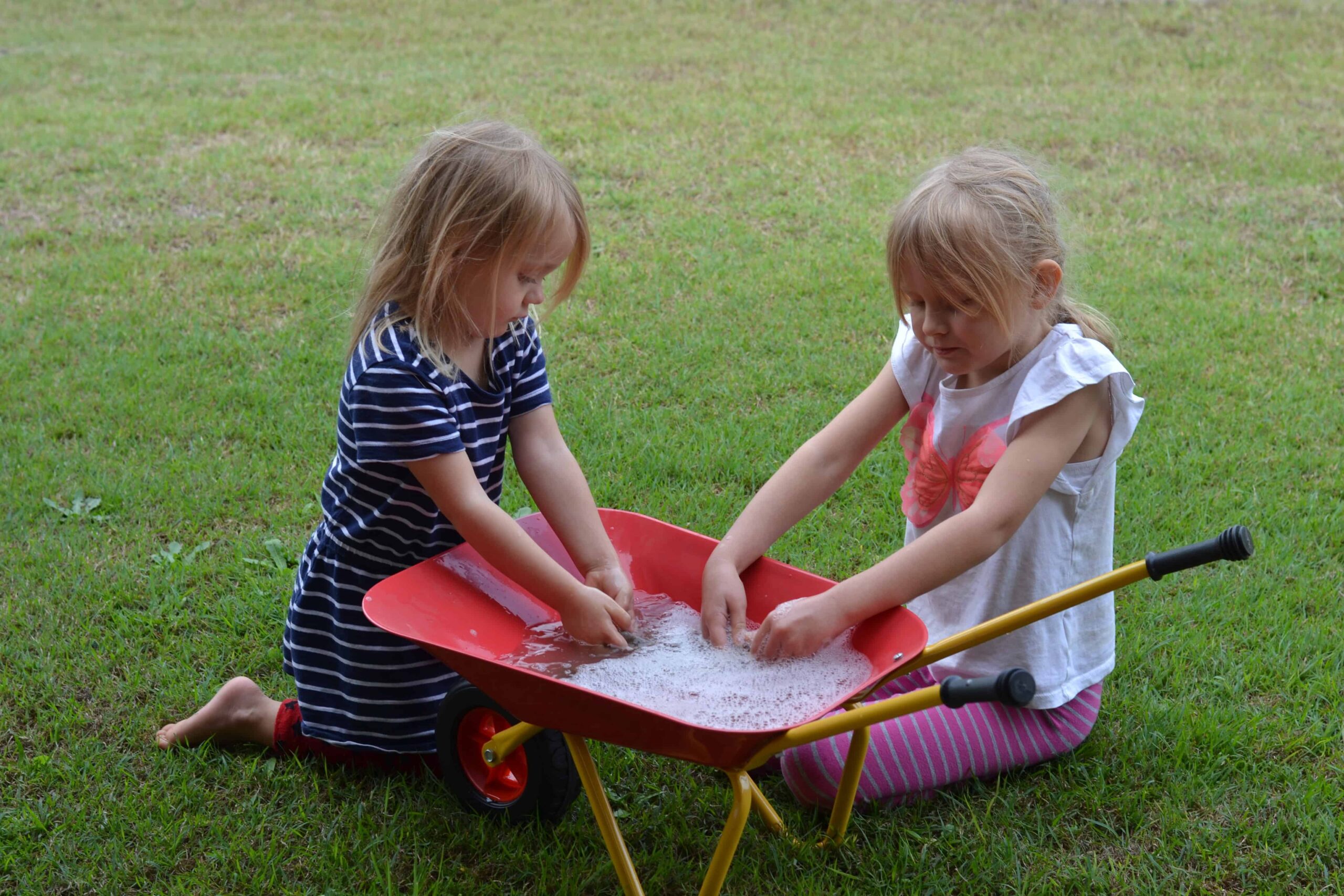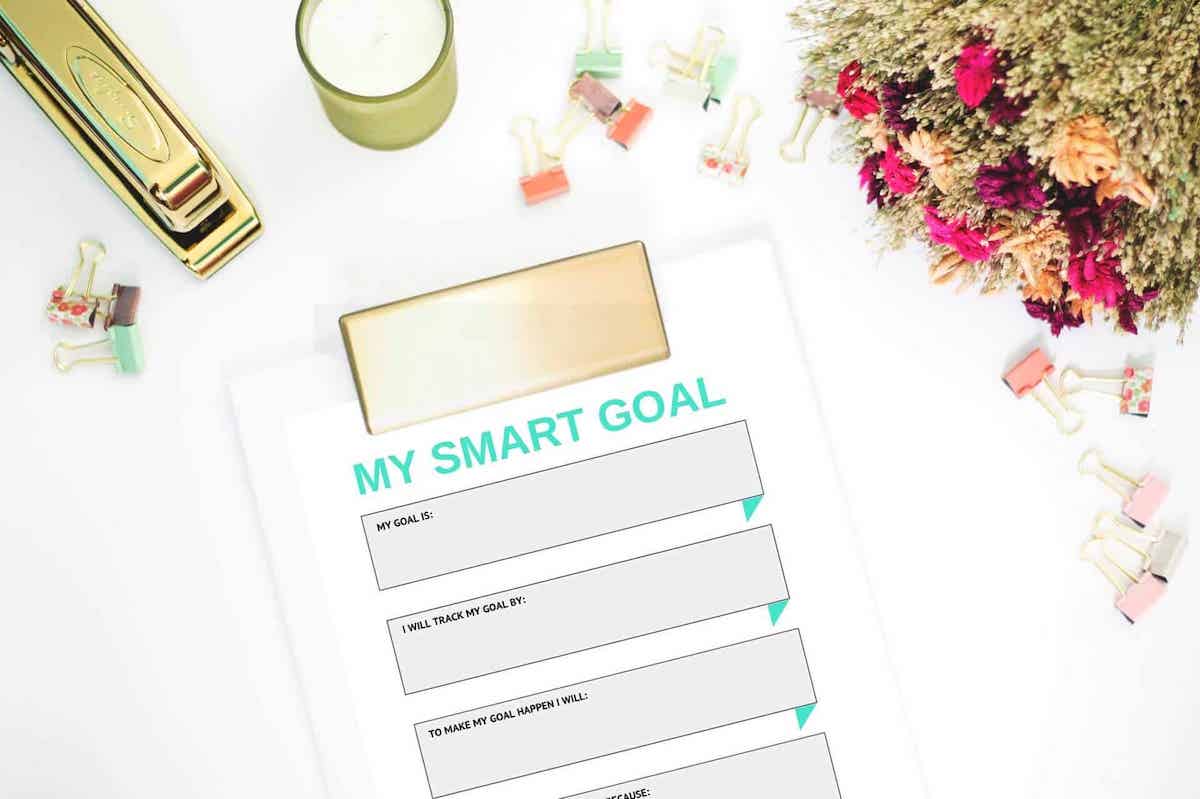101 Rewards for Kids To Get Them Motivated & Inspired
This post may contain affiliate links. Read the full disclosure
Parenting can feel like a balancing act, especially when it comes to motivating kids. If you’ve ever wished for an extra push to help your child finish chores, complete homework, or practice good behaviour, a well-thought-out reward system might be the answer.
Rewarding kids with fun incentives is a great way to encourage positive behaviour and reinforce hard work, making everyday tasks feel more engaging. Sure, we would all love our kids to do their chores without offering up incentives, but there is power in positive reinforcement!
This guide includes 100+ creative and effective reward ideas for kids, including fun rewards for young children and motivational ideas for older kids. I have also put together some practical tips for creating a reward system that works.
Why Use Rewards for Kids?
Reward systems provide a structured approach to encourage good behaviour and encourage kids to complete tasks that they may otherwise not be overly motivated by, like getting a good grade at school, finishing chores or learning a new skill.
While many kids are internally motivated to do these things without prompting, others need an external motivator – or extrinsic motivation – to help encourage the behaviours. Rewards are an easy way to obtain that external motivation.
Here are some benefits of using rewards with kids:
- Boosts Self-Esteem: Achieving rewards for a job well done helps kids feel proud and confident.
- Encourages Positive Behavior: By creating a reward chart or a marble jar, kids can visually track their achievements, making them more likely to repeat good behaviour.
- Helps Build Good Habits: From brushing teeth to finishing homework, rewards help build positive habits and routines.
Positive Reinforcement vs. Bribery: Rewards aren’t about bribery—they’re a planned and effective way to reinforce good actions. Unlike bribing, rewards encourage kids to work toward a common goal. To differentiate the two, here’s an example: Positive reinforcement is pocket money at the end of the week upon completing all their chores. Bribery is an instant reward for instant action, i.e. “I will buy you a toy if you stop crying”
When to Give Rewards
Timing is essential when it comes to using rewards effectively. Giving rewards at the right moment reinforces positive behaviour and helps kids understand what actions you are encouraging.
Here are some ideal times to offer rewards:
1. After Specific Tasks or Goals
Rewards work best when tied to specific tasks, like completing homework, helping with chores, or achieving a good grade. By giving a reward immediately after they accomplish a task, kids can clearly connect the reward with their efforts.
2. At the End of the Week
For bigger goals or ongoing tasks, consider offering a reward at the end of the week. A weekly reward, such as pocket money, or a family movie night, helps kids stay motivated over a longer period, building anticipation and encouraging them to work toward a bigger goal.
3. For Consistent Positive Behavior
If you’re aiming to reinforce good behaviour, such as following a morning routine or showing kindness to others, reward them periodically as they continue to meet expectations. This shows that good habits and consistent effort are valued.
4. Surprise Rewards
Surprising kids with a reward when they go out of their way to do something kind or helpful can be a great way to encourage positive actions that aren’t tied to any specific task. These can often be the most powerful rewards since they come at random intervals and prevent your child from only doing particular tasks or chores when a reward is offered. It reminds kids that doing the right thing can bring unexpected rewards.
5. During New or Hard Challenges
When kids are working on a difficult skill, such as learning a new instrument or starting a school project, a reward can serve as encouragement. Recognising their hard work helps them stay motivated and prevents frustration during challenging times – this reduces the likelihood of them quitting before they’ve gained a level of mastery. As they become more competent, you can reduce the frequency of rewards.
Using A Reward System with Your Kids

A reward system can be adapted based on your child’s age, interests, and goals. Here are a few ideas for rewards systems for kids:
- Behavioural Charts: Sticker charts or star charts are perfect for young children and provide a visual way to track progress.
- Marble or Cotton Ball Jars: Kids add a marble or cotton ball to a jar for every good job, such as completing specific tasks. When the jar is full, they earn a special treat or experience.
- Token and Ticket Systems: Kids earn tokens for good behaviour or specific behaviours, which can be exchanged for rewards or prizes at the end of the week.
We have used many different reward systems over the years with our kids through different stages of life. Starting with a simple sticker chart for potty training to a magnetic chore chart tracker. These days we use an app called Kit which is both a chore tracker and pocket money payment system that is perfect for older kids. It’s linked to a debit card too.
Types of Rewards for Kids

Rewards come in many forms, each providing unique motivation for kids. Choosing the right type of reward can have a positive impact on your child’s behaviour and overall development. There is also no ‘one reward fits all’ solution for all kids.
While your child might enjoy all the rewards on this list, some will have a far greater motivational impact than others so it’s all about learning what is most effective with your individual child.
One of the things my kids love most is uninterrupted time to chat. They often ask to lie down on the bed to talk one-on-one. You. may be surprised what your child considers to be a reward!
Here’s a breakdown of different types of rewards, so you can find what works best for your family and for each situation since different rewards are suited to different occasions.
1. Food Rewards
Small treats can be motivating and are often seen as a special treat for kids. While food rewards can be effective, use them sparingly to avoid creating an over-reliance on food as a reward.
- Examples: Offering a favourite snack after homework completion, allowing them to pick a dessert for dinner, or a family outing for ice cream at the end of the week.
2. Verbal Praise and Positive Feedback
Verbal rewards are some of the most impactful because they reinforce good behaviour immediately and help build confidence. Make sure the praise is specific, focusing on the child’s efforts (like “You worked really hard on that project!”), which helps them see the value of their hard work and effort. Avoid superficial compliments like “You’re pretty” focusing instead on things within their control, such as their actions and choices.
- Examples: Saying “Great job on your homework!” or “I’m proud of you for trying your best” after task completion.
3. Tangible Rewards
- Tangible rewards are physical items that children can receive for good behaviour or task completion. Physical rewards are the things most of us first think of when considering rewards for children.
- Examples: Small toys from the dollar store, stickers for a reward chart, or items like pencils and erasers for a good grade. These work especially well for younger kids.
4. Quality Time and Experience-Based Rewards
Quality time rewards focus on spending time with a parent, sibling, or other family members. This helps to strengthen parent-child relationships while providing motivation. These types of rewards often have a more lasting impact on children, creating positive associations with good behaviour without the need for physical items.
- Examples: A family bike ride, “yes” day (where they choose what the family does), or baking together can be used as rewards for good behaviour.
5. Privilege-Based Rewards
- Privileges are rewards that give children special access or privileges as a result of positive behaviour. privilege-based rewards are effective for older kids and help them feel recognised and respected. It’s a great way to show that their good behaviour is noticed and appreciated.
- Examples: Staying up later on weekends, earning an extra 30 minutes of screen time, or selecting the meal for the weekend.
6. Achievement-Based Rewards for Older Kids
For older children, rewards that recognise their hard work and accomplishments can have a meaningful impact. As kids grow, they start to value rewards that are more relevant to their interests and goals. Achievement-based rewards are great for reinforcing hard work and self-discipline.
- Examples: Bonus pocket money for good grades or a trip to their favourite store after a school concert performance.
Reward Ideas For Kids By Age Group
Not all rewards are suited for every age group. I have put together a list of reward ideas for kids that are age-appropriate for kids at different stages:
Rewards for Younger Kids (Ages 3-5)
- Stickers: Kids love stickers, and they’re a fun way to mark achievements on a chart.
- Extra Storytime: Let them choose an extra book at bedtime.
- Bubbles or Small Toys: Simple rewards like bubbles or small, inexpensive toys can be a big motivator.
- Favourite Snack – Choose a special treat like fruit gummies or crackers.
- Mini Toy – A small toy, like a car or animal figurine.
- Play-Doh Time – Extra playtime with Play-Doh.
- Special Seat at Dinner – Let them sit in a “special” chair for the evening.
- Fun Band-Aids – Colorful Band-Aids with their favourite characters.
- Extra Bath Time Bubbles – Add extra bubbles or bath colours.
- Stamps on Hand – A washable hand stamp to show off.
- Small Balloon – Balloons are fun, inexpensive rewards.
- Pick a Song – Let them pick a song for a dance party or sing-along.
- Temporary Tattoos – A fun and washable reward they can wear.
- Puzzle Time – Work on a small puzzle together.
- Choose the Game – Let them pick the family game for the evening.
- Toy Car Ride – Extra ride time on a push toy or tricycle.
- Play with a Pet – Let them help feed or play with a family pet.
- Shaped Ice Cubes in Drink – Use fun ice cube shapes in their juice or water.
- Decorate a Cookie – Let them decorate a cookie with sprinkles.
- Wear Dad’s Favourite Hat – This one can be switched out to any special accessory that they are excited to have the privilege to wear for a day.
Rewards for Elementary Age Kids (Ages 6-10)
- Extra Screen Time – 15-30 minutes more to watch a favourite show or play a game.
- Choose Dinner – They get to pick the family meal or dessert.
- Sticker Chart Reward – Accumulate stickers for a bigger reward.
- Stay Up 10 Minutes Later – A little more time before bed.
- Library Visit – Take them to pick out a few new books.
- Choose a Movie Night Movie – Let them pick the family movie.
- Outdoor Game Time – Extra time to play outside.
- Ice Cream Date – A quick outing for ice cream.
- Favourite Character Pencil – Special pencils or erasers.
- Fort Building – Help them build a pillow or blanket fort.
- Choose the Music – Let them pick music for the car ride.
- Dance Party – 10-minute living room dance session.
- Craft Kit or Supplies – Let them pick out a new art project.
- Choose family activity – Decide on a family activity like a walk or game.
- Sleepover in the Living Room – Set up sleeping bags for a change of scenery.
- Mini Gift Card – A small gift card to a favourite store.
- New Coloring Book – A fun colouring book to work on.
- Backyard Camping – A night camping in the backyard or indoor camping.
- Baking Time – Choose a recipe and bake together.
- Water balloon fight – Have a fun water balloon fight together.
- Puzzle Game – A brain teaser or jigsaw puzzle to solve.
- Sticker Pack – A collection of themed or holographic stickers.
- Glow-in-the-Dark Stars – Stick-on stars for their room ceiling.
- Mini Lego Set or Minifigure – A small building set for creative play.
- Cute Keychain – A fun keychain to clip on their backpack.
- Animal Figurines – Small collectible animals or characters.
- DIY Craft Kit – A mini set for bracelet-making or painting.
- Bouncy Ball – A colourful or glow-in-the-dark bouncing ball.
- Reading Book – A chapter book or picture book they’ll love.
- Water Bottle Stickers – Fun decals for decorating water bottles.
- Mini Flashlight – A child-sized flashlight for adventures.
- Small Action Figure – A favourite character for pretend play.
- Playdough Tub – A single tub of colourful playdough.
- Tiny Notebook – A pocket-sized journal for doodles or notes.
Rewards for Tweens (Ages 11-13)
- Pocket Money: Allow small amounts of money for bigger achievements, which also teaches budgeting.
- Trip to Their Favorite Store: A small treat from their favourite store can be highly motivating.
- Choosing a Weekend Activity: Let them pick an outing or family activity.
- Movie Tickets – Reward them with a ticket to see a new movie.
- Pick Out New School Supplies – Let them choose a fun notebook or pen.
- Video Game Time – Extra time to play a favourite game.
- Pizza Night – Let them choose the pizza toppings or restaurants.
- Stay Up Later on Weekends – 30 minutes to an hour later than usual.
- Sleepover with a Friend – Reward with a sleepover night.
- Choose the Family Board Game – Let them pick the family game for the night.
- Small Gift Card – For a favourite store or snack shop.
- Backyard Bonfire – Have a mini bonfire and roast marshmallows.
- DIY Room Decor Project – Help them make something for their room.
- Pick Family Outing Destination – Choose a place to go for a family day.
- Special Dinner Out – Take them out for one-on-one time at their favourite restaurant.
- Choose a New Book – Let them pick a new book series or graphic novel.
- Headphones or Tech Accessories – Small tech items they might need.
- Make a YouTube Playlist Together – Create a playlist with their favourite music.
- Double Dessert – An extra dessert on reward days.
- Popcorn & Movie Marathon – Pick movies for a family movie night.
- Weekend Brunch Outing – Go for brunch at a local spot.
- Outdoor Adventure – Take them hiking, to the beach, or for a picnic.
- DIY Slime Kit – A kit with all the supplies to make their own slime.
- Novelty Socks – Funky or themed socks with fun patterns or designs.
- LED String Lights – Battery-powered lights to decorate their room.
- Extra Screen Time – 15-30 minutes of extra screen time or gaming time.
Rewards for Teens (Ages 14+)
- Extra Privileges: Rewards like staying up late or having more time with friends.
- Clothing: A clothing or accessory item that they will like.
- Special Experiences: Tickets to a concert, an event, or a special experience they will enjoy.
- Gift Card to Favorite Store – Clothing, games, or tech.
- Money for Outing with Friends – A little cash for a movie or activity.
- Extended Curfew on Weekends – Give them an extra hour for special occasions.
- Car Privileges (if they’re learning) – Practice driving or a short solo trip.
- Choose Weekend Family Activity – Let them pick what to do with family.
- Phone Upgrade – Save this as a reward for a big achievement.
- Room Decor or Furniture – Let them choose a small item for their room.
- Streaming Service Subscription – A subscription to a music or video service.
- Tickets to a Concert or Event – Their favourite band or a local event.
- Spa Day with Parent – Take them for a spa day or do one at home.
- Gym Membership or Sports Class – For sports-minded teens.
- New Book Series or Novel – A book they’ve been wanting to read.
- Dinner with Friends – Arrange a dinner out with their friends.
- Day Trip with Parent – One-on-one time to a nearby city or landmark.
- Shopping Trip for Clothes – A reward for special achievements.
- Choose a Family Meal for the Week – Let them decide on the menu.
- Art or Music Supplies – If they’re interested in arts or music.
- Music Lessons – A few lessons in an instrument they want to learn.
- Date Night with Parent – One-on-one time over dinner or coffee.
- Subscription Box – A subscription to something they love (like snacks, books, or games).
- Personal Care Items – Makeup, beauty products, skincare, shower products etc.
Tips For Using Rewards With Your Child

Setting up a reward system requires a little planning to make sure it’s effective and fun for your child.
- Avoiding Excessive Rewards: Too many rewards can make them feel less special. Stick to rewards for meaningful achievements.
- Setting Realistic Expectations: Set goals that are achievable for your child’s age and ability to avoid frustration.
- Balancing Material and Non-Material Rewards: Not all rewards need to be things; experience-based rewards often hold more value over time.
- Define Clear Goals: Be specific about what behaviours or achievements earn rewards, so your child understands what to work toward.
- Stay Consistent: Follow through on rewards as promised. Consistency helps kids trust the system.
- Involve Kids in the Process: Letting kids help create the reward chart or pick out rewards increases their motivation.
- Be Flexible: If your child outgrows a certain reward or finds it unmotivating, don’t hesitate to try something new.
When to Phase Out Rewards
Over time, you want to encourage intrinsic motivation in your child—the desire to do good simply because it feels rewarding. There will also come a point in their development when certain behaviours should be automatic and not require prompting or rewards to maintain. This is when it’s time to consider phasing out some or all rewards.
- Encouraging Intrinsic Motivation: Gradually shift from external rewards to internal motivation as your child builds good habits.
- Gradual Reduction: Reduce the frequency or intensity of rewards as your child starts developing their own sense of responsibility.
- Signs Your Child No Longer Needs Rewards: When good behaviour becomes routine or your child stops needing reminders, it might be time to move away from structured rewards.
A well-thought-out reward system can be a great tool for encouraging your child to make positive choices and form good habits – just like rewarding ourselves for our efforts and progress is equally important! Rewards are a way to celebrate your child’s efforts and help them see that good behaviour and responsibility bring positive results.







